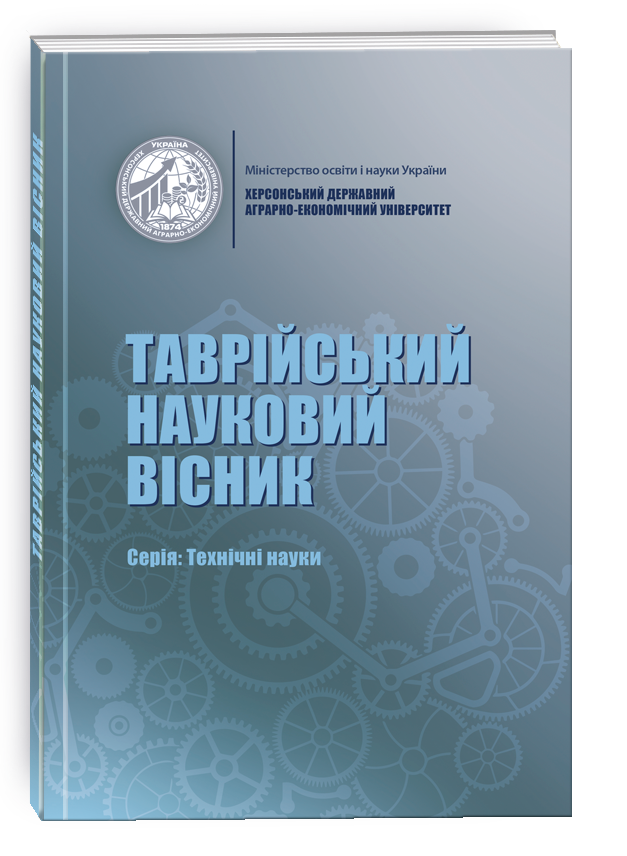DEVELOPMENT OF THE BORON DIFFUSION PROCESS IN SILICON FROM A SOLID IMPURITY SOURCE IN THE PRODUCTION OF SEMICONDUCTOR DIODES
DOI:
https://doi.org/10.32782/tnv-tech.2024.1.26Keywords:
boron diffusion, erosion, Si-B compounds, quartz reactor, borosilicate glassAbstract
The process of boron diffusion in silicon is the most important process in the formation of silicon p+-n structures, which determines the quality of the electrical parameters of the resulting diodes. To obtain the p-n transition in the silicon structure, impurities are used – elements of groups III and V of Mendeleev’s periodic system. As a result, solid substitution solutions are formed, which determines the high solubility of elements of groups III and V in the semiconductor. In silicon, the maximum solubility of boron is 1021 cm-3, gallium is 1020, arsenic is 1020, and phosphorus is 1022 cm-3. The predominant mechanism of diffusion of these impurities is diffusion through vacancies. If we trace the path of development of the technique of diffusion processes of boron in silicon, it becomes obvious that all the efforts of the researchers were aimed at finding the most optimal method and equipment for diffusion in order to obtain homogeneous and reproducible diffusion characteristics without deterioration of the silicon surface, the quality of which, in the end, guarantees successful execution of further technological operations (for example, photolithography processes and production of ohmic contact in planar technology). The main technological problems of the process of boron diffusion in silicon from a solid source of B2O3 admixture in a vacuum are investigated and analyzed in the paper. It was established that the main problems are: the phenomenon of oversaturation of the volume of the quartz reactor with vapors of the diffusant, which causes the uncontrolled formation on the surface of the silicon plates of poorly soluble compounds of the Si-B phase and the erosion of the silicon surface after their removal and, as a result, the unevenness of the parameters of the diffusion layers over the area of the plate and increasing the level of reverse currents of p+-n structures being manufactured. The technological features of the optimized process of boron diffusion in silicon were considered in detail, the use of which made it possible to prevent the formation of poorly soluble compounds of boron with silicon on the surface of the plates and surface erosion, and ensured an increase in the uniformity of the surface resistance values of the diffusion layers over the area of the plate. The experimental results of testing the developed technology of boron diffusion in a vacuum for the manufacture of silicon diodes are given and its effectiveness in reducing the level of reverse currents and increasing the output of suitable devices is shown.
References
Мачулянський О.В. Технологічні основи електроніки. Лабораторний практикум: навчальний посібник. Київ : КПІ ім. Ігоря Сікорського, 2023. 124 с.
Литвиненко В.М. Фізика та технологія напівпровідникових діодів. Монографія. Херсон : вид-во ФОП Вишемирський В.С., 2018. 184 с.
Готра З.Ю. Технологія електронної техніки: підручник для вузів. Львів : Видавництво НУ «Львівська політехніка» в двох томах. Т.1, 2009. 888 с.
Burger R.M., Donovan R.P. Fundamentals of Silicon Integrated Device Technology: Oxidation, diffusion, and еpitaxy. Prentice-Hall, 1967. Vol. 1. 495 p.
Павлов С. М. Основи мікроелектроніки. Навчальний посібник. Вінниця : ВНТУ, 2010. 224 с.







